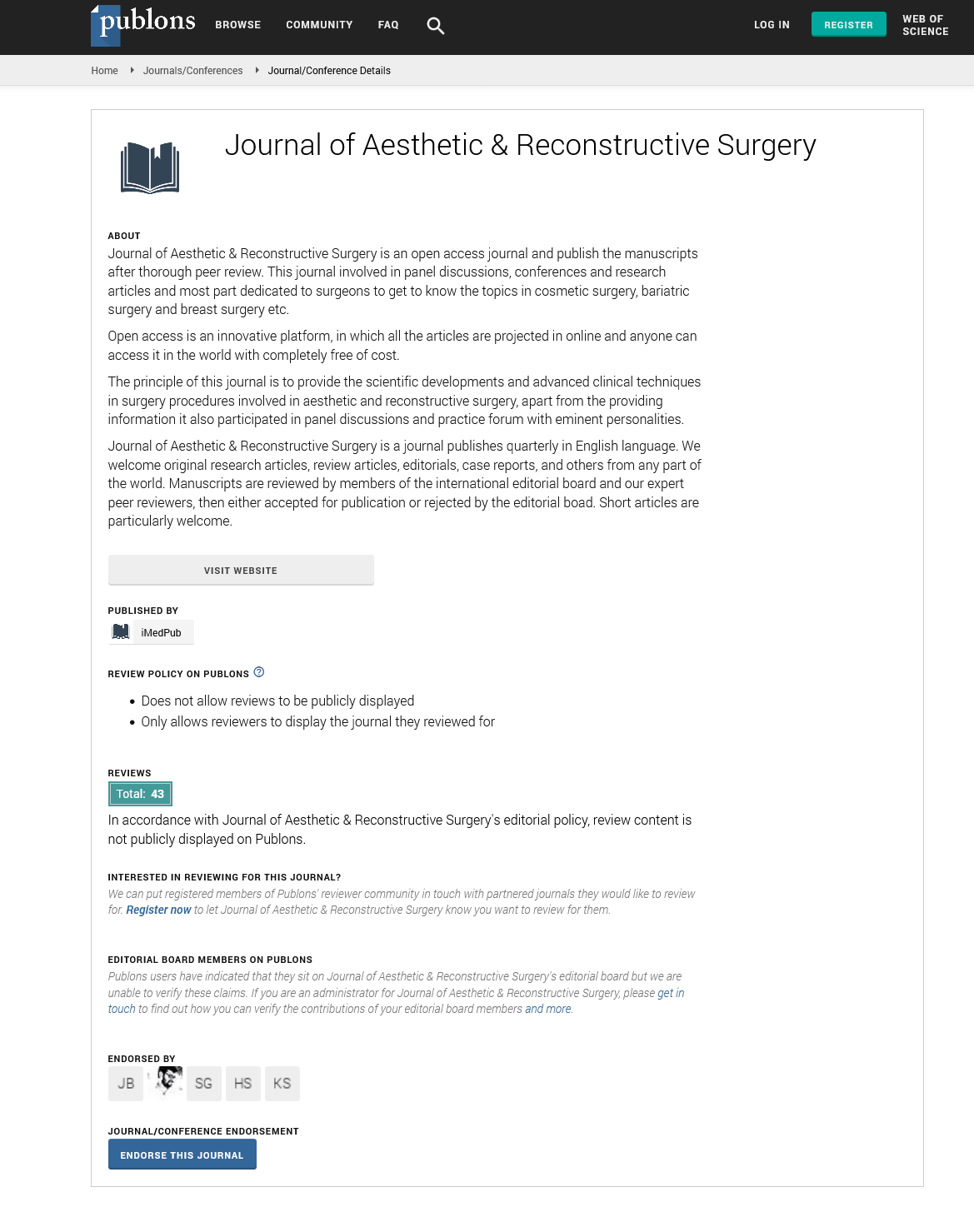Abstract
Subcutaneous and Intradermal Cellular Adipofilling of the Face and Neck: Our Technique of Preparation, Transfer and Preservation of Fat
Background: The desire to reduce the complications of fat transfer has led to the development of numerous techniques that use micro-cannulas, filters, etc. In addition to being slow, these techniques damage the adipocytes, which are important to the success of volumetric and regenerative procedures. Several years ago, we designed and tested a technique called Adipofilling. This enables us to create a suspension of lobular fragments in a few seconds and, in less than 30 seconds, to produce a suspension of living adipose and stromal cells. The quality and quantity of these suspensions meet the needs of our aesthetic and reconstructive procedures.
Methods: The lipo-aspirated material is separated by means of a suction vortex generated by an economical, disposable, battery-driven device. To the separation liquid (lactate Ringer or saline solution) we add 40–100 IU of ultrarapid insulin in 10 ml or 20 ml of 5% glucosate solution. The particle size of the suspensions varies from that of small lobular fragments to single cells. These suspensions are used for subcutaneous volumetric enhancement and intradermal regeneration and will not freeze at storage temperatures.
Results: The volumetric results of Adipofilling are clearly visible even after a single treatment. The cell suspension injected into the dermis rapidly regenerates aged and scarred skin.
Conclusion: Adipofilling enables defects, volume deficits, and aged skin of the face and neck to be efficaciously corrected. The procedure is rapid. When used in combination with other minimally invasive techniques, it helps to achieve rejuvenation that meets biological criteria.
Author(s):
Sergio Capurro1* and Francesco Di Salvo2
Abstract | Full-Text | PDF
Share this

Google scholar citation report
Citations : 130
Journal of Aesthetic & Reconstructive Surgery received 130 citations as per google scholar report
Journal of Aesthetic & Reconstructive Surgery peer review process verified at publons
Abstracted/Indexed in
- Google Scholar
- China National Knowledge Infrastructure (CNKI)
- Directory of Research Journal Indexing (DRJI)
- WorldCat
- Publons
- Geneva Foundation for Medical Education and Research
- Secret Search Engine Labs
- Euro Pub
Open Access Journals
- Aquaculture & Veterinary Science
- Chemistry & Chemical Sciences
- Clinical Sciences
- Engineering
- General Science
- Genetics & Molecular Biology
- Health Care & Nursing
- Immunology & Microbiology
- Materials Science
- Mathematics & Physics
- Medical Sciences
- Neurology & Psychiatry
- Oncology & Cancer Science
- Pharmaceutical Sciences


